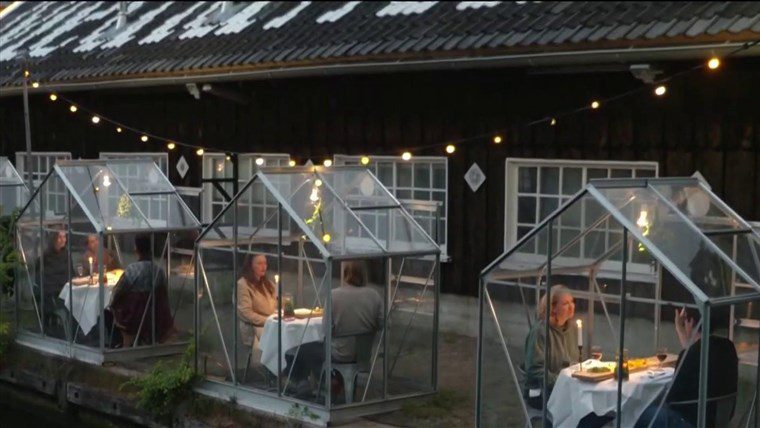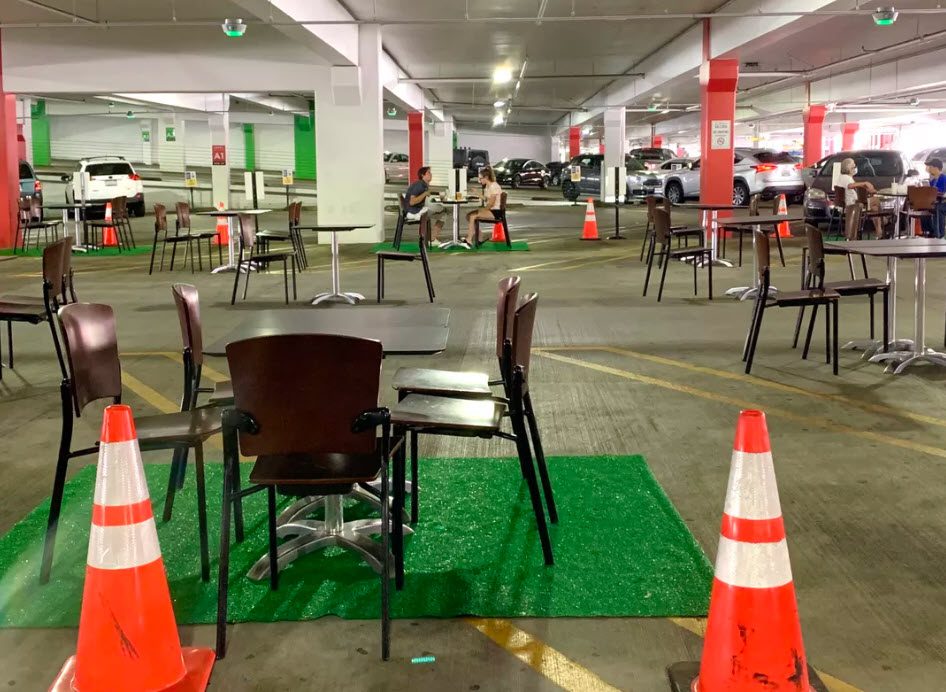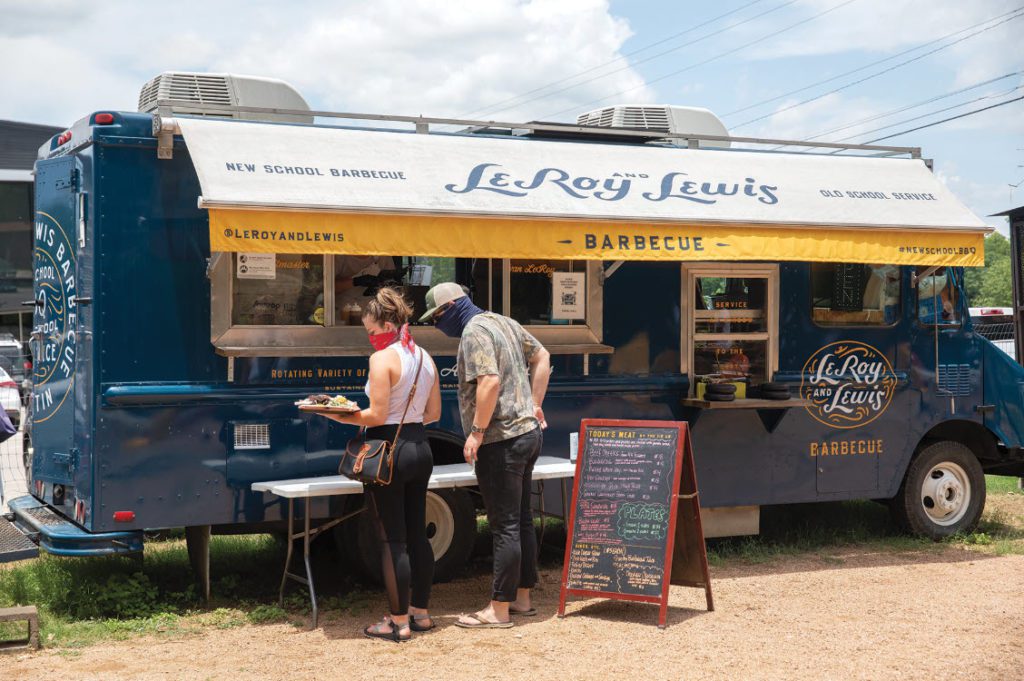The effects of COVID-19 on businesses has been a hot blog topic for Rogers as of lately for a couple of main reasons: the most important being the astronomical effect consumer habits and the market have on the industries we serve.
Any and all new updates in the sectors we do business for have a substantial impact on how, where, when, and under what conditions we conduct business. Some of the biggest impacts we’ve seen since the beginning of this pandemic back in March have been in warehousing, retail, grocers, and the restaurant industry. Although all of these business sectors have been greatly impacted, the one that is most time sensitive as it relates to the products they sell is the restaurant industry.

Labor Crisis in the Restaurant Industry
During the pandemic, the restaurant industry saw a decrease in employment 3 times the job losses seen by any other industry. [i] As restaurants and outdoor shopping and dining establishments were quite literally on the verge of making history in our modern world, COVID-19 slammed their fast-paced progress to the speed slower than a snail. If malls were on the brink of extinction beforehand where do they lie now?
A local Armenian chain and fixture in Glendale Galleria’s food court in Glendale, a city bordering Los Angeles, CA on both its southern and northern edges, has taken matters into their own hands. [ii] The Armenian chain, Massis Kabob, converted the mall’s parking deck to a dining area capable of holding about 75 people for consumers to utilize for dining, eliminating the need to transport their takeout from one location to another (like a local park, picnic area, etc). [ii]

The restaurant brought in linoleum tables arranging them into singles and pairs, some with AstroTurf underneath, some not, with social distancing rules and regulations being followed. [ii] As 2020 continues on with local governments limiting most restaurants to 20-50% capacity and consumers taking precautions to returning to dining in, how will restaurants survive? And if they do, is there a possibility for them to thrive this year, or is patience a virtue at this point?
In smaller, more rural areas known for their delicious unique cuisines and dining experiences, like many of the local communities in and throughout Texas most of the restaurants in the community are neighborhood hubs and cultural centers that are vital components of many diverse communities across the state. [iii]

Restaurants quickly realized that their needs changed from thriving on alcohol sales and social settings lending to appetizers and a large tip to serving families at home and coaxing consumers to stay loyal to their business. For example, a pizzeria in Austin, TX called Bufalina launched retail wine sales to add to their meals offered for takeout. [iii]
A local Mexican restaurant in a city outside of Atlanta called Frontera created ways to offer family style takeout meals in a “bundle”. For example, instead of offering individual meals of 2-3 tacos and a side, Frontera created a meal kit offering chicken, steak, shrimp, and pork carnitas with queso, salsa, tortillas, and a side of rice and beans for $50 – $60 feeding 7-8 people.
Restaurants are quickly realizing the only way to survive is to capitalize on takeout and delivery options, however there are many downfalls to this type of business without the knowledge and background to be successful.
Amanda Cohen, a James Beard-nominated chef and owner of Dirty Candy in NYC faces similar choices. “We didn’t do delivery beforehand, so I didn’t think we were going to do a good job of it in the middle of a pandemic,” she said. “We weren’t prepared for it, we don’t have the containers for it, it would have taken us too long to get up and running. So many of my friends are doing it and they’re not breaking even. My biggest concern was that I couldn’t guarantee my staff’s safety. I want my staff to be safe. If my restaurant survives, but half my staff gets sick, that’s not worth it.” [i]
As restaurants and the various businesses we serve continue to adapt and change throughout this pandemic, so will we. We are right beside our customers through every step in this process. The state of the restaurant industry needs the help of Rogers Electric. With the influx of restaurant technology, there will be a need for installations.
As conditions and circumstances change by the second, Rogers Electric is constantly looking for ways to ease the burden of various facility managers and store owners across the country. Rogers Electric priorities still stand, now more than ever: we are a one stop shop with the man power to provide electrical, lighting, construction, HVAC and plumbing service needs in your facility. Head on over to our blog on how restaurants are adapting amidst ongoing global crises to read more about our thoughts on changes in the industry.



